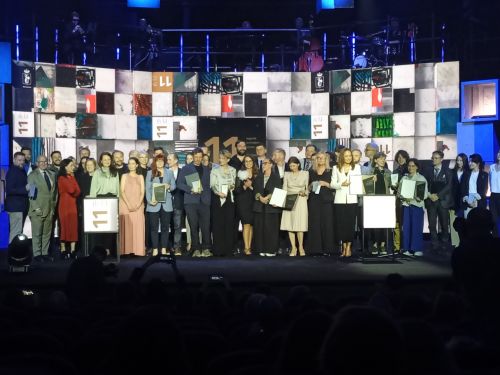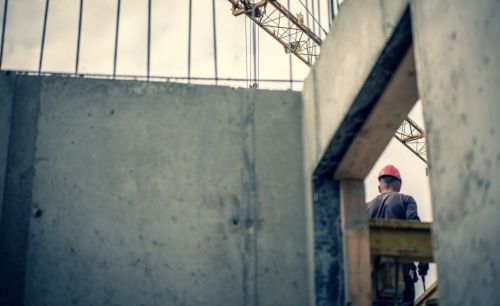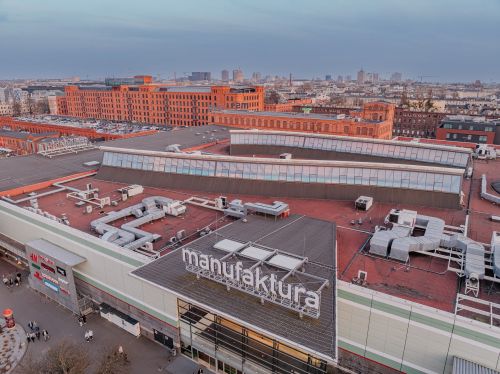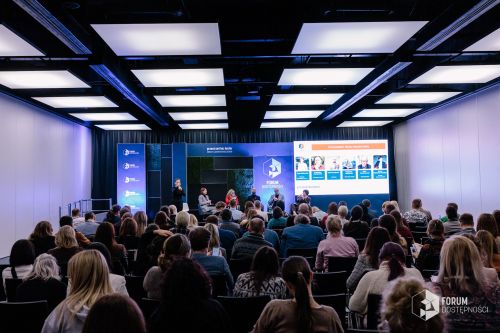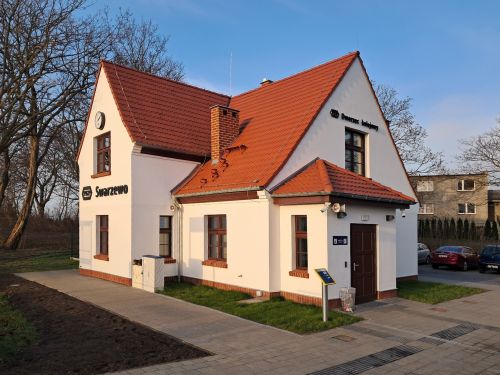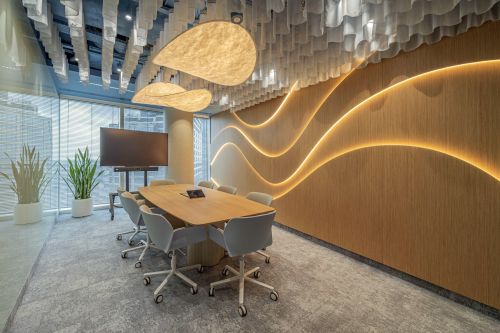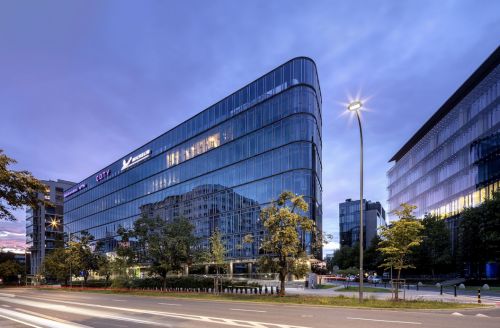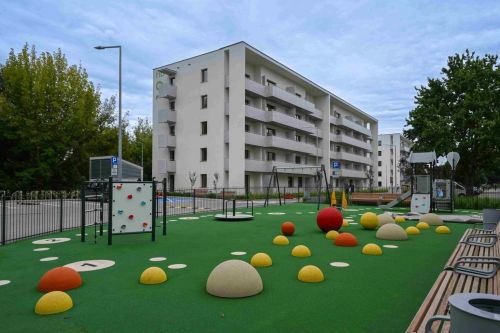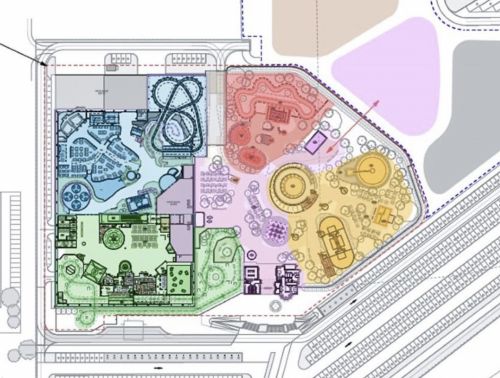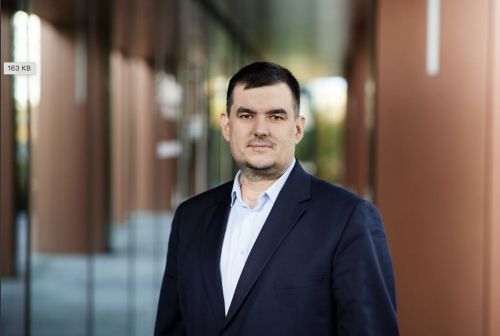Investment in renewable energy sources for logistics facilities in the region has so far been somewhat limited. but there are signs that maybe its time has finally come Mladen PetrovDesigners and retailers both know it. Italian high-end retailer Ermenegildo Zegna has installed small solar panels on one of its sports jackets that convert sunlight into electrical energy, which is then transmitted to a battery in an inside pocket. This battery can be used to charge a mobile phone or an iPod. Such an ecotech solar jacket would surely work in the Czech Republic too. Yes, the country does not receive the same amount of sunlight as Spain and Greece, but its solar electricity potential still offers attractive returns. Warehouse developers and Italian designers have already realized that and are now conquering new territories.Profit from on highAt the end of February, warehouse developer PointPark Properties (P3) announced that it
































